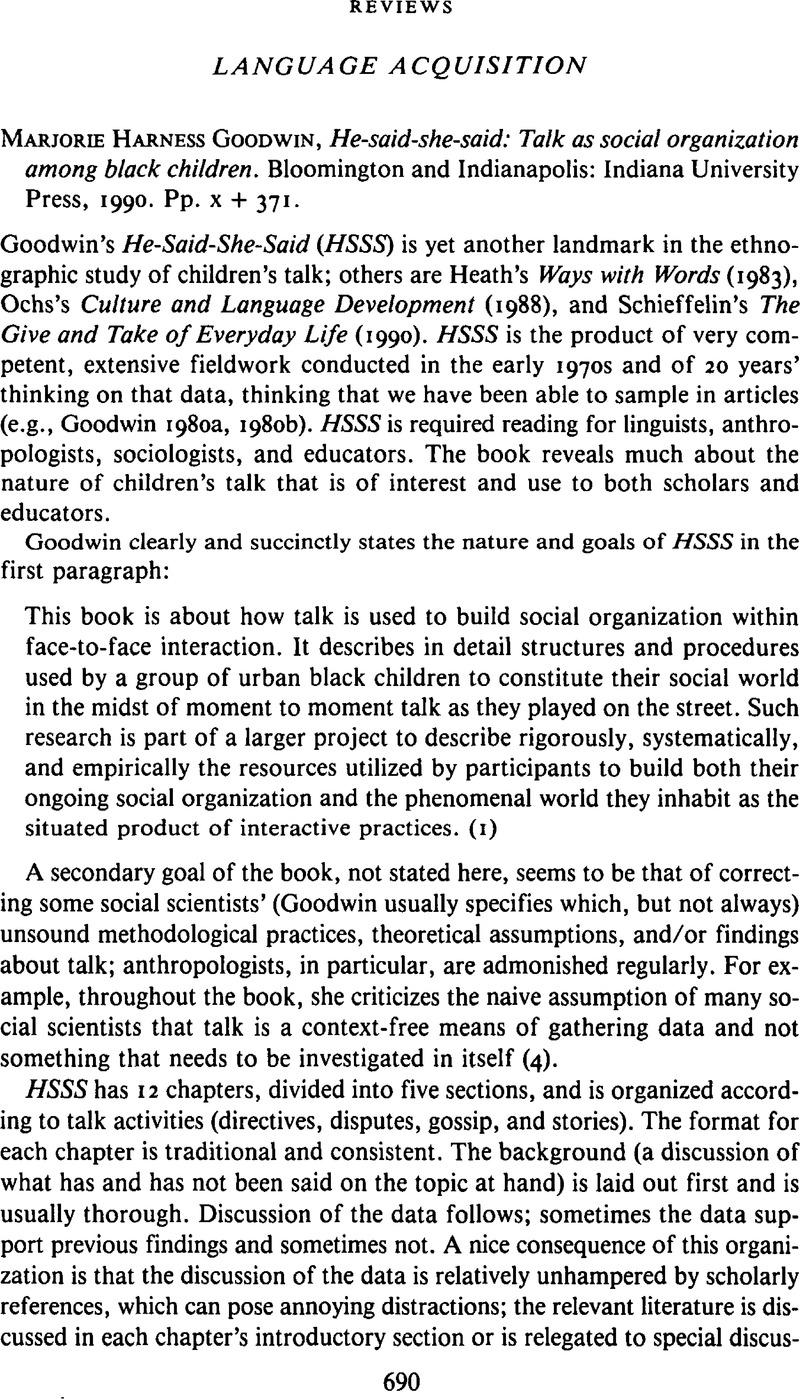Crossref Citations
This article has been cited by the following publications. This list is generated based on data provided by Crossref.
2012.
The Handbook of Conversation Analysis.
p.
741.
Wang, Wenrui
2022.
The Ways that Digital Technologies Inform Visitor's Engagement with Cultural Heritage Sites: Informal Learning in the Digital Era.
GATR Global Journal of Business Social Sciences Review,
Vol. 10,
Issue. 4,
p.
237.



